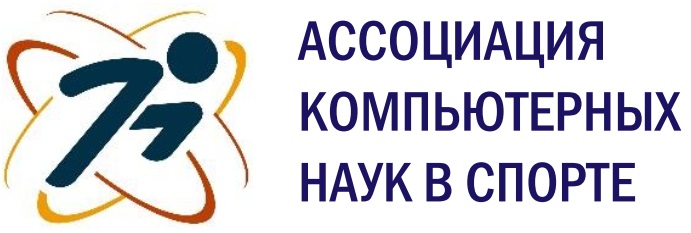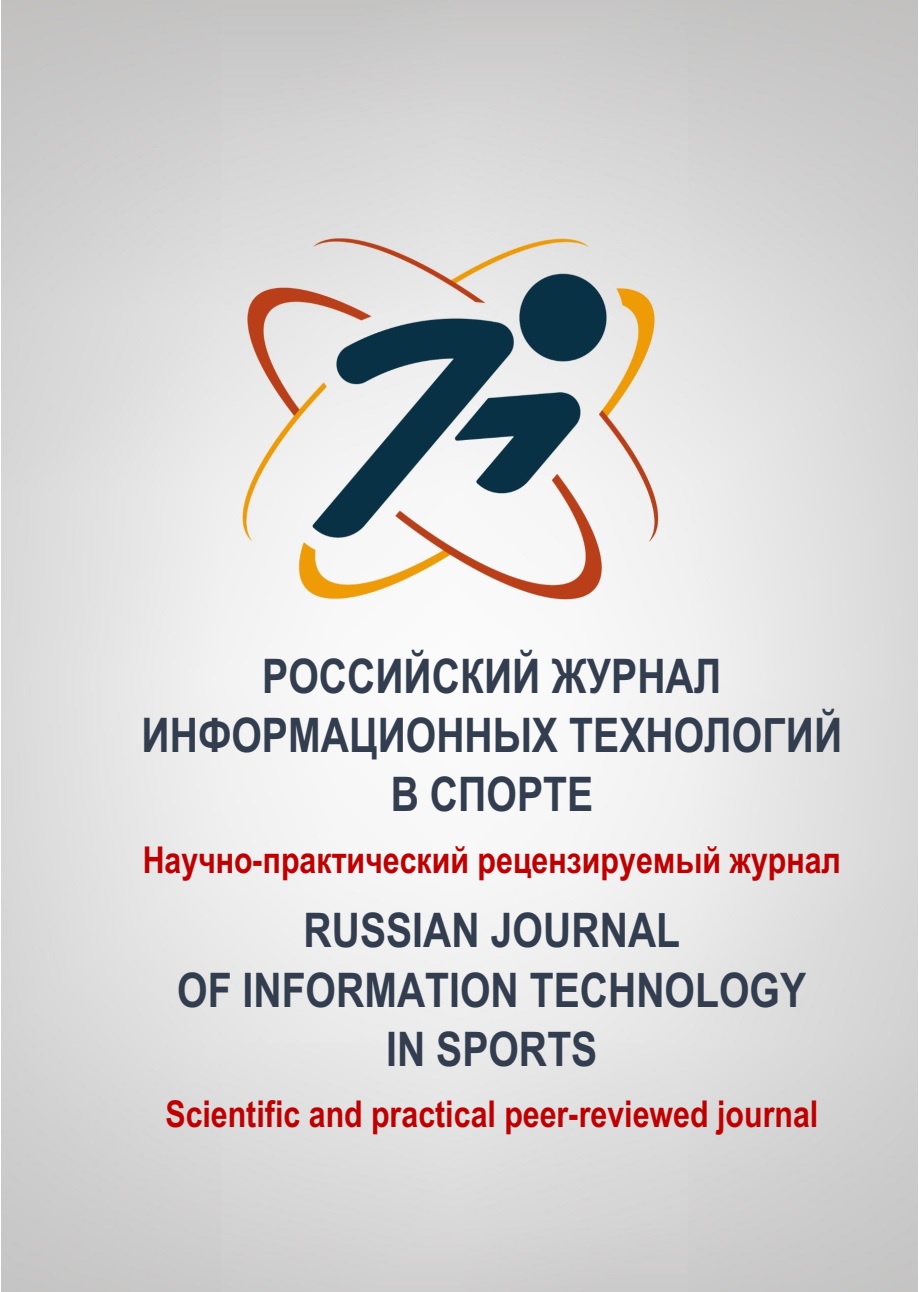employee from 01.01.2013 until now
Russian Federation
VAK Russia 1.2.1
VAK Russia 1.2.2
VAK Russia 3.3.9
VAK Russia 3.1.33
VAK Russia 5.8.6
VAK Russia 2.2.12
UDC 616.858
UDC 004.932.2
UDC 004.891.2
UDC 616.858-008.6
CSCSTI 77.00
CSCSTI 20.00
Russian Classification of Professions by Education 02.00.00
Russian Classification of Professions by Education 06.00.00
Russian Classification of Professions by Education 09.00.00
Russian Classification of Professions by Education 32.00.00
Russian Library and Bibliographic Classification 58
Russian Library and Bibliographic Classification 75
Russian Trade and Bibliographic Classification 5
BISAC SEL SELF-HELP
BISAC COM014000 Computer Science
BISAC COM018000 Data Processing
BISAC COM089000 Data Visualization
BISAC COM021030 Databases / Data Mining
BISAC COM023000 Educational Software
BISAC COM025000 Expert Systems
BISAC COM074000 Hardware / Mobile Devices
BISAC COM079010 Human-Computer Interaction (HCI)
BISAC COM032000 Information Technology
The urgency of developing a mobile application to automate the collection, initial assessment, and transmission of data on kinematic parameters of patient body movements with Parkinson’s disease to doctors is due to the need to improve the quality of diagnosis and treatment for this condition. Goal. To develop a mobile application that records and objectifies symptoms of Parkinson’s disease by analyzing kinematic parameters of a patient’s movement using machine learning and computer vision techniques. Methods. When developing the application, we used the computer vision frameworks MediaPipe Object Detector and TensorFlow, which are pre-trained neural networks based on a large amount of data. These frameworks can accurately cope with the task in various situations, including different backgrounds, clothing, and shooting conditions. We also used a proprietary algorithm based on the use of a low-pass filter, window control, and Berg autoregression to recognize and evaluate tremor. Results. The CYPD mobile application (https://cypd.mobi/index_en.html) has been developed. It contains computer learning methods and neural networks that are trained to analyze large amounts of data. The application helps to collect information about a patient’s tremors and the results of motor and kinematic tests. Conclusion. The proposed technology for recognizing and analyzing human movements has the potential to be applied in other areas of medicine, such as neurology, as well as to solve other practical problems where human movement is studied.
artificial intelligence, neural networks, machine vision, motor tests, neurological tests, Parkinson’s disease
1. The global website of the World Health Organization. Parkinson’s disease. URL: https://www.who.int/ru/news-room/fact-sheets/detail/parkinson-disease
2. Clinical recommendations. Parkinson’s disease, secondary parkinsonism and other diseases manifested by Parkinsonism syndrome, item 2. URL: https://legalacts.ru/doc/klinicheskie-rekomendatsii-bolezn-parkinsona-vtorichnyi-parkinsonizm-i-drugie-zabolevanija/
3. Stanford medicine Parkinson’s Disease Exam. URL: https://stanfordmedicine25.stanford.edu/the25/parkinsondisease.html
4. Clinical recommendations. Parkinson’s disease, secondary parkinsonism and other diseases manifested by Parkinsonism syndrome, 1.6.1 Clinical picture of Parkinson’s disease. URL: https://legalacts.ru/doc/klinicheskie-rekomendatsii-bolezn-parkinsona-vtorichnyi-parkinsonizm-i-drugie-zabolevanija/
5. Computer vision for Parkinson’s disease evaluation: A survey on finger tapping. URL: https://pmc.ncbi.nlm.nih.gov/articles/PMC10888014/
6. Validation of computer vision technology for analyzing bradykinesia in outpatient clinic videos of people with Parkinson’s disease. URL: https://www.sciencedirect.com/science/article/pii/S0022510X24004076
7. Computer vision technologies in movement disorders: A systematic review. URL: https://movementdisorders.onlinelibrary.wiley.com/doi/full/10.1002/mdc3.70123
8. Parkinson data collection tool. URL: https://parktest.net/












